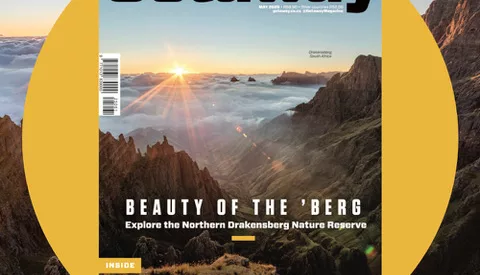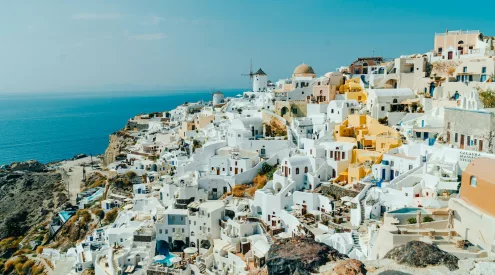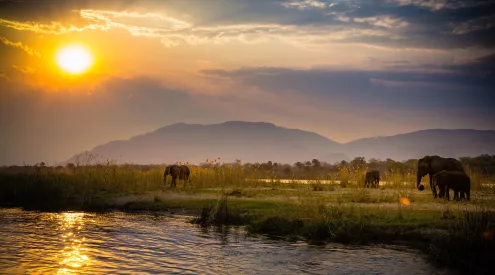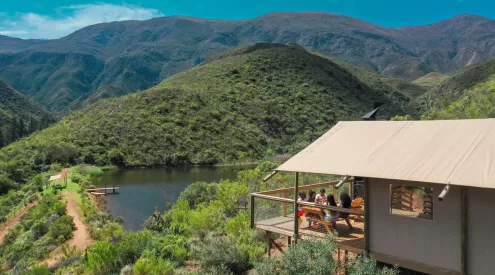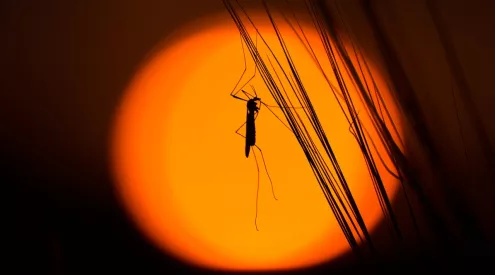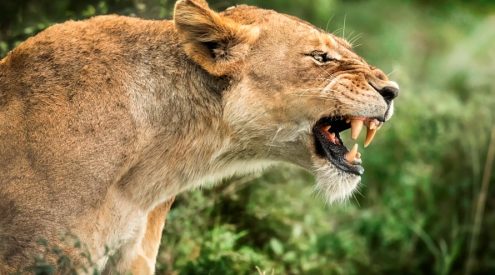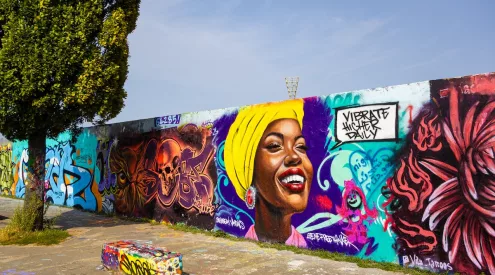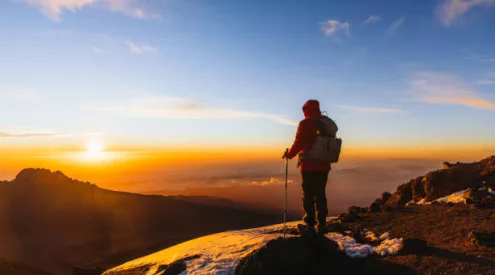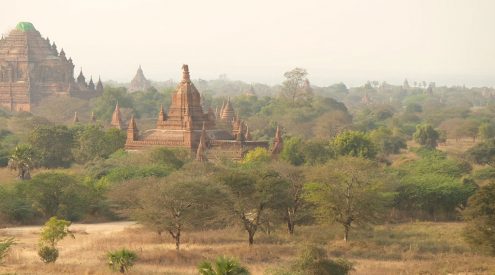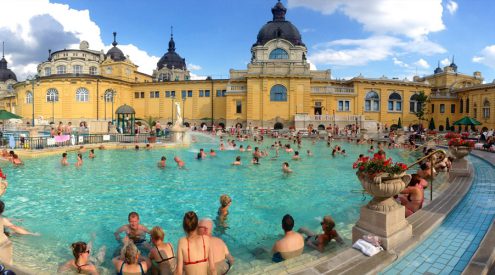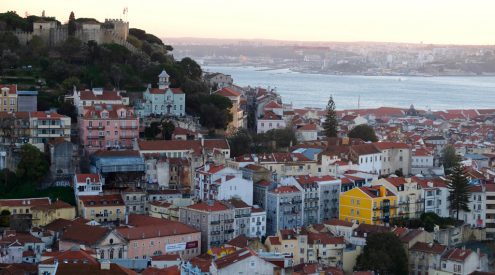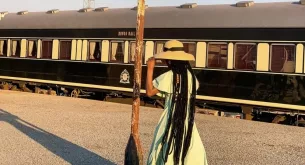All entrances to George Bernard Shaw’s idea of an earthly paradise are dramatic. Mine takes me over the Ombla River by way of the 481-m long Dr Franjo Tudjmann Bridge, named after the first president of Croatia. From the bridge I look over, the harbor of Gruz and the suburb of Lapad opposite, and in the distance, the walled city of Dubrovnik. Far below, a yacht, under full white sail, skims across the deep blue water, the sun warms my back, breathing the crisp clear air, I make the decision. “˜Island hopping! This is a perfect day for island hopping.’
Descending the 500 steps to the harbor, I purchase a day ticket, and find the small open-sided boat that will be my means of transportation for the day. These small boats are the public transport of the islanders and, like a normal bus, adhere to strict timetables. A day ticket will take me to each of the three inhabited islands of the Elafiti group. We set off in the cool morning air that smells of salt and sunshine.
The first stop is the tiny harbor of Kolocep. I disembark with two locals, who make their way swiftly up stone stairs in the assured way of those who have a fixed destination. Having no destination, I turn slowly to take in the small harbor with its mussel-encrusted jetty, barely higher than the clear jade sea. The island rises steeply from the shingle beach; there are steps left and right. I opt to go right, through dense foliage where white dog roses drape elegantly over bright orange pomegranate flowers. Slowly the small patches of agricultural land on either side of the path rise, supported by dry stonewalls, until the grass and burnt orange poppies are at eye level and my shadow scares lizards from their sunbathing. A cluster of trees casts a welcome shade. While I enjoy the cool relief, I notice that they are cherry trees dripping with fruit. Breakfast! A handful goes into my hat, then in perfect solitude I make my way up the hill, spitting cherry pips with gay abandon.
A graveyard on top of the hill is watched over by a tiny pink stucco church. In the growing heat, I spend a moment sharing the view of the surrounding blue sea and distant islands with the dead. The lane goes straight ahead and straight up; if there is no turn up that next rise, I am going back. Then providence steps in. Over the next rise, the main harbor of Kolocep comes into view. By the water’s edge, under a shady awning, I sip a cup of rosehip tea, while I wait for my boat to come in.
At the island of Lopud yachts cluster in the tiny harbor, and sun-worshippers fill the white sandy beaches. As sun tanning is not my thing, I look around for other distractions. A sign catches my eye: “˜St John’s Church’. Oh good, I haven’t seen a church in ages, I’ll do that. The signs point up stone roads, up stone steps, and up and up. Hitching my skirt to immodest heights and converting my sunhat to a fan, I sweat my way up that mountain in the blazing sun. There had better be a good reason for this suffering. On the top of the mountain there is a 1 500-year-old ruin, a view, and best of all a breeze. Sitting in the roofless church under the shade of an ancient pine, skirt about my hips, I complete my sweat cycle. I am not very chaste and reverent about it, but hell’s teeth be dammed, they could warn a person that these ancient churches were built in difficult-to-reach places, so the act of getting there would be a form of penance. Penance paid, I make my way back down that mountain, and off to the island of Sipan.
Here I take lunch at a linen-covered table at the water’s edge. An item on the small menu intrigues: cheese from olive oil. While I know nothing about cheese making, I am interested to know how it is possible to produce cheese from oil. My expert interrogation of the waitress informs me that the cheese is not made from, but preserved in olive oil. A firm hard cheese made from a mix of goat’s and cow’s milk is cut into bite-sized blocks, and then covered in olive oil, sealed, and in a dark cellar allowed to cure for 40 days. This results in a cheese with a pale orange mold and a very pungent, but not unpleasant flavor, which goes well with a crisp white wine.
While I try this new dish, I eavesdrop on a conversation between two New York businessmen and their skipper. All the men seem to be around thirty years old, but the businessmen had hired the skipper and his boat as private guide and transport for the day. To make small talk over lunch, the businessmen enquire after the skipper’s lifestyle. He proudly tells them that he lives with his parents, knows all his family, and sees them all the time. His life is upwardly mobile, but he is taking his whole family with him. The businessmen are at first quite obviously amused at the skipper’s quaint need to drag the masses along, but the quiet conviction of the skipper slowly makes them realize that it is not what you have, but being satisfied with what you have that is missing in the American “˜never enough’ concept of success.
After lunch, I contemplate whether to attempt the hour-long walk, through valleys where olives, figs, pomegranates and almonds grow, to the ruins of the summer residence of the Bishop of Ragusa, built around 1600. The midday sun forces me to dismiss this idea as folly and I stroll instead through the tiny village of Sipan ska Luka, where young girls sit in narrow streets shaded by closely pressed stone houses, at small tables displaying shells and other flotsam for sale. On the jetty colorful fishing nets lie in untidy piles, while the secret of the brilliant water of the Adriatic is revealed. All along the Croatian coast, fresh water springs erupt in the sea, making shimmering swirls as the fresh and salt water mingle to the clearest jade and cerulean blue.
“˜Sitting on the dock of the bay, I watch the clouds float away, wasting time’. I have an hour-long wait before my bus-boat will arrive. So I spend the time feeling envious of the local children who leap and play in water so clear that every pebble on the harbor floor is visible. So what?, you might say. But minutes later the children hoot and scramble for the dockside ladder as a massive cruise ship comes and parks in their pool, so deep is the water here. My boat comes in, but just before it can leave, a private yacht attempts to park at the jetty. With the giant cruise ship on one side and the half a dozen bus-boats filled with tourists and locals on the other, the elderly skipper has a huge audience to witness his expert steering as he crashes the front of the yacht into the concrete jetty. I cringe in sympathetic embarrassment as he yells at his poor wife, who tries to pull the yacht straight by the mooring line, but she would need to be superwoman to manage. Flustered, he fires the engines, spins the wheel, overshoots the mark and the side of the yacht grinds along the concrete. While the tourists on the bus-boats try to decide whether this is comic or tragic, the local skippers and their crew leap to the rescue without so much as a sly grin. Quickly they have the matter in hand, with such diplomacy that the elderly sailor comes away with his dignity more or less intact.
As I am the only one going to my local end station, I have the bus-boat all to myself. So I sit on the prow and pretend I am rich and famous, while the skipper gets in on the act and races the other boats home. At the harbor, he helps me from my perch with a small bow and raffish grin and I step onto dry land with film star attitude. Hey, it costs nothing to let the imagination run wild.

